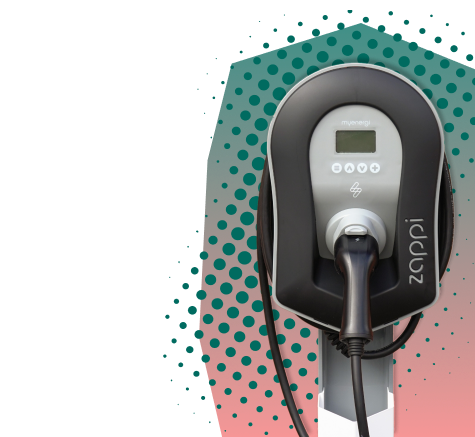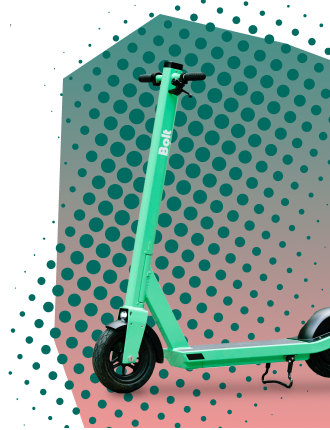Importance of Structuring Your Product Teams Right

A product team lies at the heart of every start-up. It has a big impact on how products look and how customer demands are met as your business expands and customer expectations rise.
Most importantly, structuring your product team to marry the phase of your company is essential to tackling the unique challenges every start-up offers. From the initial struggles of finding product/market fit and your first hires to the “teenage years” of optimizing products and growing to a 10-person team, not to mention the rapid pace of hypergrowth.
The consequences of a mismatch can be far-reaching. Expand your team too quickly and you’ll exhaust your resources and become trapped in an endless loop of onboarding. However, hire too slowly and you risk overloading your team with work and missing crucial growth opportunities.
To give founders and product leaders a helping hand in structuring their product teams, this article dives deep into the responsibility of the product team in successfully moving the start-up through every growth phase.
Product’s Role As A Start-up Matures
It’s not unusual to find product teams structured differently across different start-ups, whether your team is composed of experts with a variety of skill sets or product leaders overseeing a cross-functional team working on a specific component of the product. As a result, this article isn’t a one-size-fits-all solution and should be applied appropriately to your company.
Phase 1: Experimental Stage
In the first phase of growth, a start-up is experimenting, failing frequently and unsure of the direction the product will go. The main objective is to create the product vision and decide what to build and order.
An early product hire can help to accelerate the highs and lows of identifying a market gap by supporting the founder’s product vision. A valuable hire will grow with the company and become more strategic!
Top tip: In an interview, listen out for, “I’m okay at getting my hands dirty”. This either suggests that top executives are prepared for early-stage work and will like the challenge, or that they will endure the grind as long as it is brief. To determine which one it is, ask something like “How would you feel if the company struggles to find product/market fit for a year’?’”
Phase 2: Product/market fit
For any start-up, achieving product/market fit is a significant accomplishment. The key to success during this growth phase is to maintain a laser-like focus on execution, scale the culture, and hire the management team.
The product team will have more hats to handle as a result of this significant milestone. As the team scales and each vertical begins to lose context on the product and customers, it is responsible for closing the gap. Creating a roadmap for how the product will improve, making difficult decisions about priorities, and ensuring that everything is shipped all start with defining the customer and their use cases and evaluating how the present product matches up against the competition.
In your hiring for this phase, look out for two key skills. Professionals from more established companies with a reliable product will be able to determine what constitutes effective execution, delivery, and assembling the ideal team. Additionally, it will be essential if they know how to implement structure.
Phase 3: Hypergrowth
By the time scaling takes hold, a start-up has developed a successful product and grown a customer base. This phase is focused around growing your primary business while also broadening your product or service offerings.
The point at which the product team transforms into a strategic function is when hypergrowth occurs. The difficulty lies in identifying the best prospects to pursue while developing the culture and procedures necessary to ensure that new things can be produced even as the company grows. Without product focus, you could end up going 50 different ways. Product leaders can greatly assist the founders in scaling up in this situation. Founders can tell you what to do immediately or they can think about the long-term company vision, but that mid-game point of how that translates several quarters out is harder. A CPO needs to be able to say, ‘This is where I see us heading in the next 12 to 24 months.’
Here is where you can really power up your internal talent pool. Choose your best employees, especially senior team leaders, and formally develop their career objectives at the organisation.
Challenges Of Scaling Your Product Team
 Despite a product team’s monumental presence in getting a start-up from an idea to a revenue-generating business, it doesn’t come without its challenges.
Despite a product team’s monumental presence in getting a start-up from an idea to a revenue-generating business, it doesn’t come without its challenges.
-
Hiring The Right Talent
Great product leaders are invaluable. They strike a balance between technical skills and people skills to maximise the potential of your team. The right managers will transform your business for the better, whilst the wrong ones can wipe out your team. Create a thorough hiring process that outlines the essential skills/experience you require and how to spot them in potential candidates. Then, start looking early on. Waiting until it’s an urgent decision may force you to have to accept someone who doesn’t fit your requirements.
-
Structuring a growing product team
Early on, product team structure doesn’t matter. But as you scale, the way your team is structured becomes more crucial. You might imagine a flat hierarchy, but in larger teams, people rely on clearly defined roles and responsibilities to stay effective. The best way to overcome this is to match your product team’s structure to the phase your company is in. Look for marrying your product’s needs to your team’s abilities and resources.
-
Scaling too quickly…
Or not quickly enough! Scaling up before you’ve established a solid and profitable base of best practices results in extra costs and uncertainty that could break your lean product team. However, if you scale your team too slowly, you face the risk of producing work of a lower calibre, which could permanently harm your brand.
However, knowing when to scale is the most important thing you can do. While some of this will depend on your leadership skills, you can assess the performance of your present team by asking, “Do you have the right individuals in the right roles? or “Is your current crew capable of the job?”.
Takeaway
Understanding the different phases of a product team is key. The product team needs to be appropriately sized for the problems the business is facing.
The key to effective product management is to add value by collaborating and working with others. You must adapt to the founders and cultural norms, scale what is effective, modify what is ineffective, and promote innovation when the business is most prepared and eager to do so.
Here at Storm4, we have a dedicated Product team connecting GreenTech’s with market-leading product talent. If your start-up is ready to scale and build out your product team, get in touch today!











